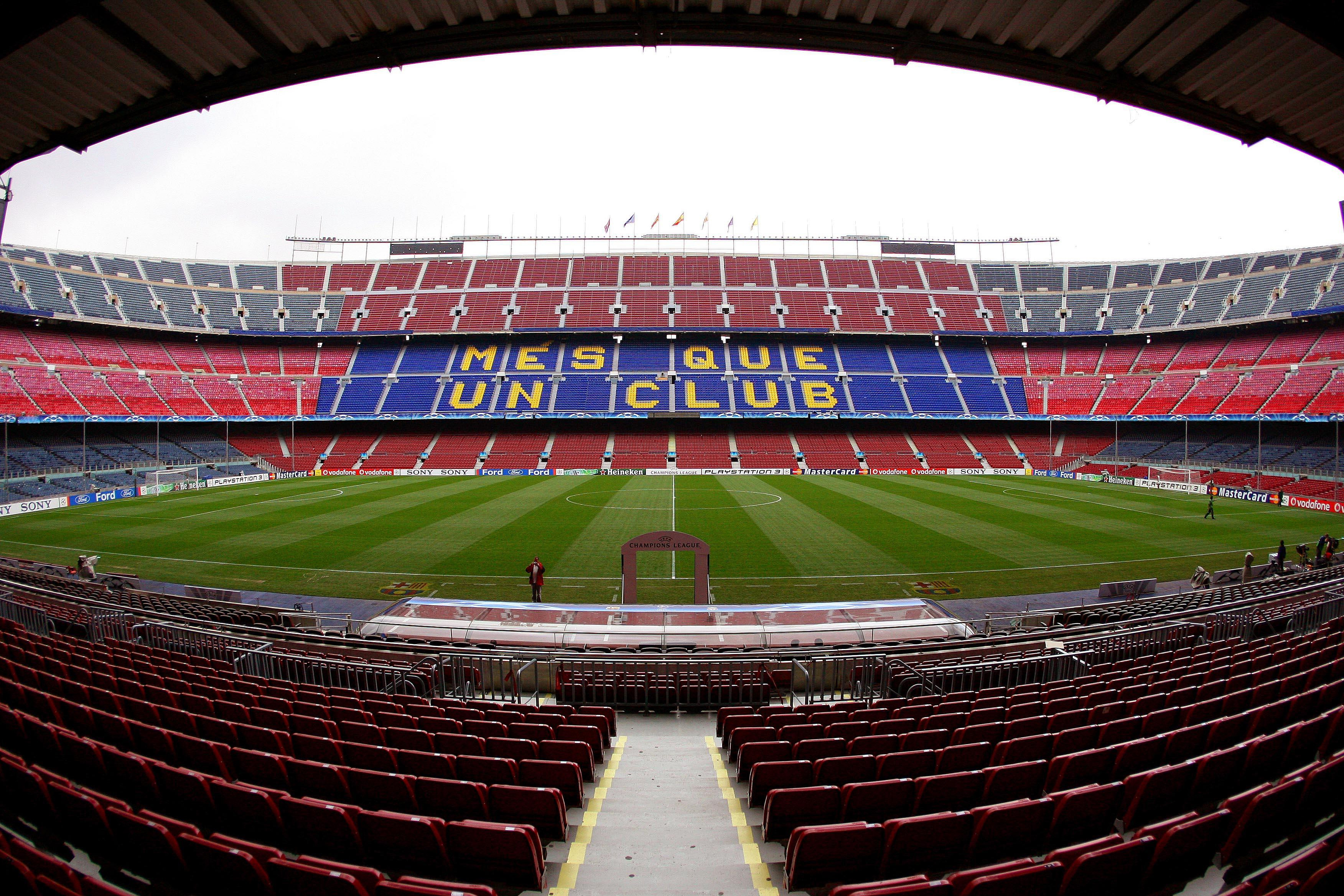
Morocco have released images of the gigantic new stadium they are planning to build for the 2030 World Cup.
The colossal 115,000-seat design has been proposed to be built in Benslimane, 40 kilometres from Casablanca, with co-hosts Morocco hoping that it can be used for the 2030 World Cup final. The tournament is being hosted by Spain, Portugal and Morocco, with special ‘anniversary matches’ being played in Argentina, Paraguay and Uruguay to mark the 100th anniversary of the tournament.
Should the new stadium be built as planned, it will be the biggest football stadium in the world. But which ground has the current crown? FourFourTwo takes a look at the top five…
VIDEO How Guardiola Has Invented A New Position For Rico Lewis
What are the biggest football stadiums in the world? 5. Rose Bowl - 90,000
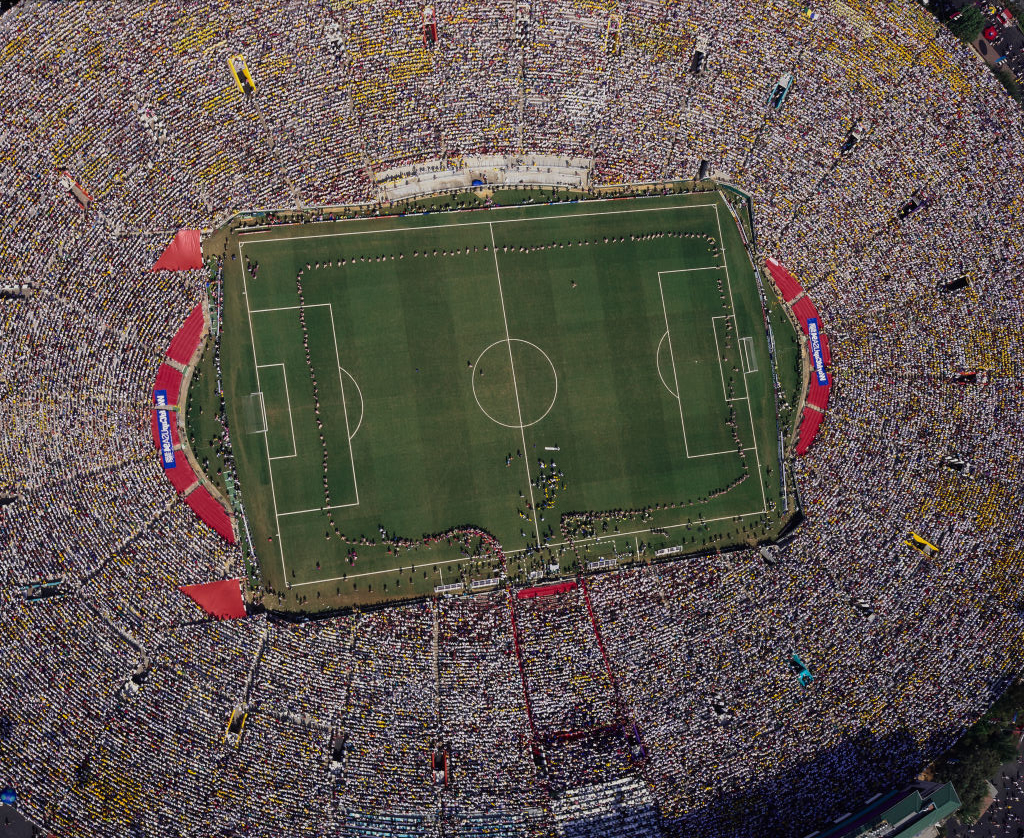
The venue for the 1994 World Cup final is the USA’s biggest football stadium and was previously the home to the Los Angeles Galaxy, until the MLS side moved to the StubHub Arena in 2003.
It also plays host to regular pre-season friendly matches between major European sides, including a Real Madrid vs AC Milan clash earlier this month.
4. FNB Stadium - 94,000
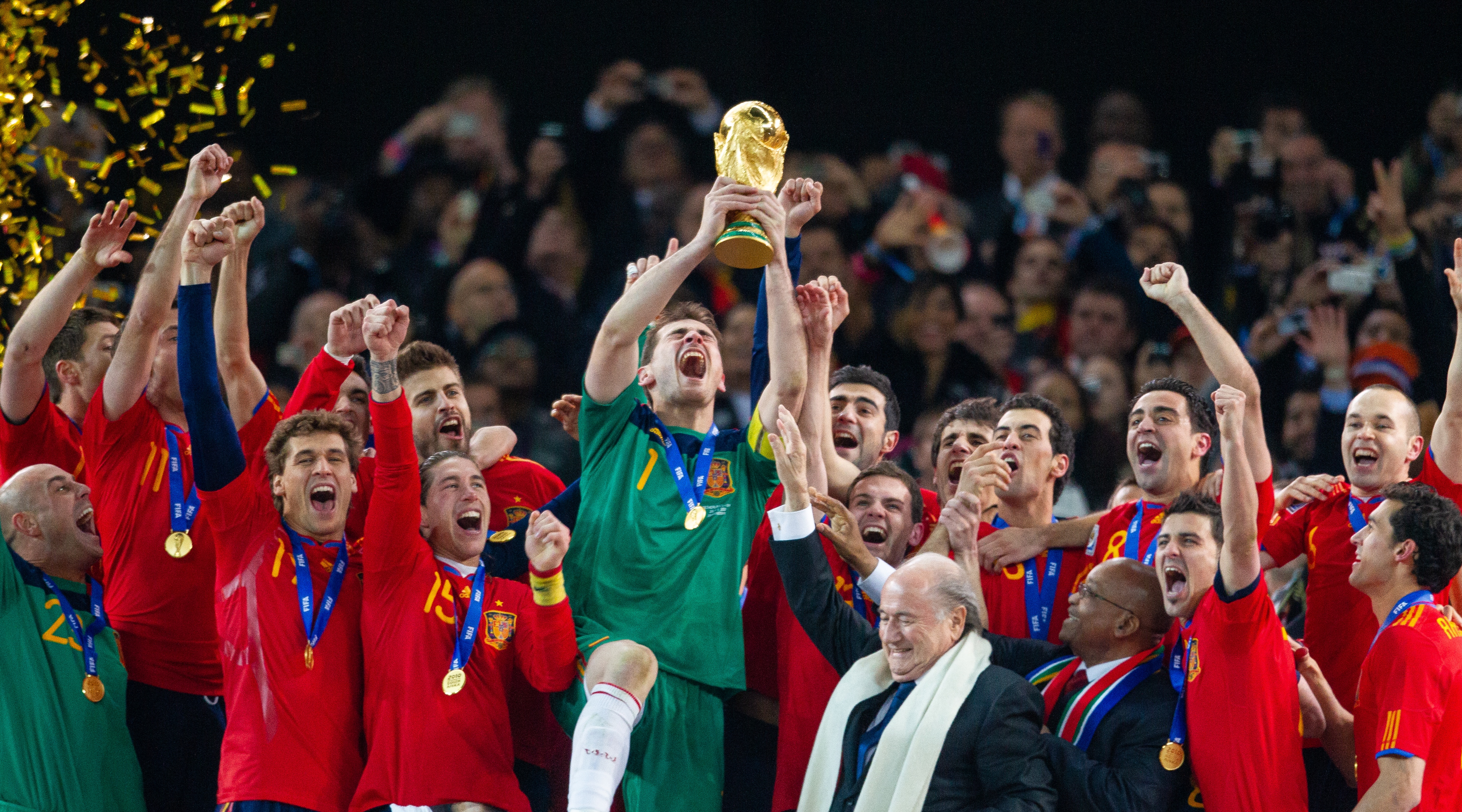
Johannesburg’s FNB Stadium plays host to the South Africa national team and club side Kaiser Chiefs.
The best features, fun and footballing quizzes, straight to your inbox every week.
The huge ground was the focal point of the 2010 World Cup, playing host to the opening and closing ceremonies, the final plus seven other games.
3. Camp Nou - 99,000

Barcelona’s home is Europe’s biggest football stadium, where the Catalan side have called home since it was constructed in 1957.
Camp Nou is currently undergoing an extensive renovation and expansion, which will see capacity rise to 105,000 when it reopens in 2024.
While the top two on this list host a range of sports and events, Camp Nou is the largest stadium to consistently host regular fixtures.
2. Melbourne Cricket Ground - 100,000
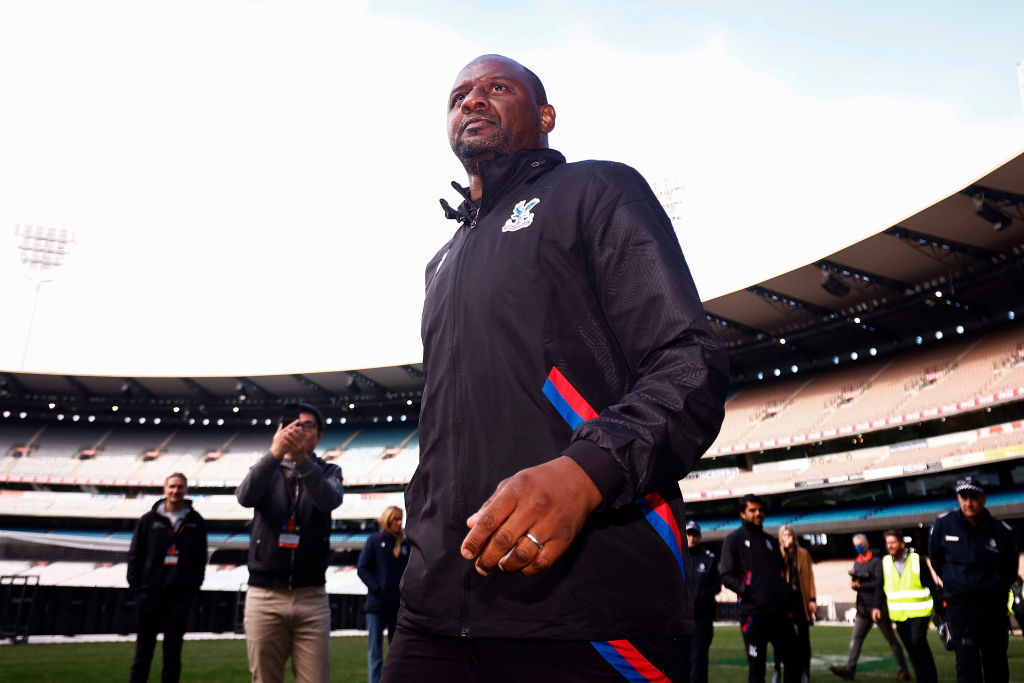
Yes, it’s primarily known as one of the greatest cricket grounds on earth, but the MCG has played host to plenty of other sports during its history.
The Socceroos have played plenty of World Cup qualifiers at the huge venue and it was also the venue for the Olympic gold medal football match between the USSR and Yugoslavia in the 1965 Games.
1. Rungrado 1st of May Stadium - 114,000
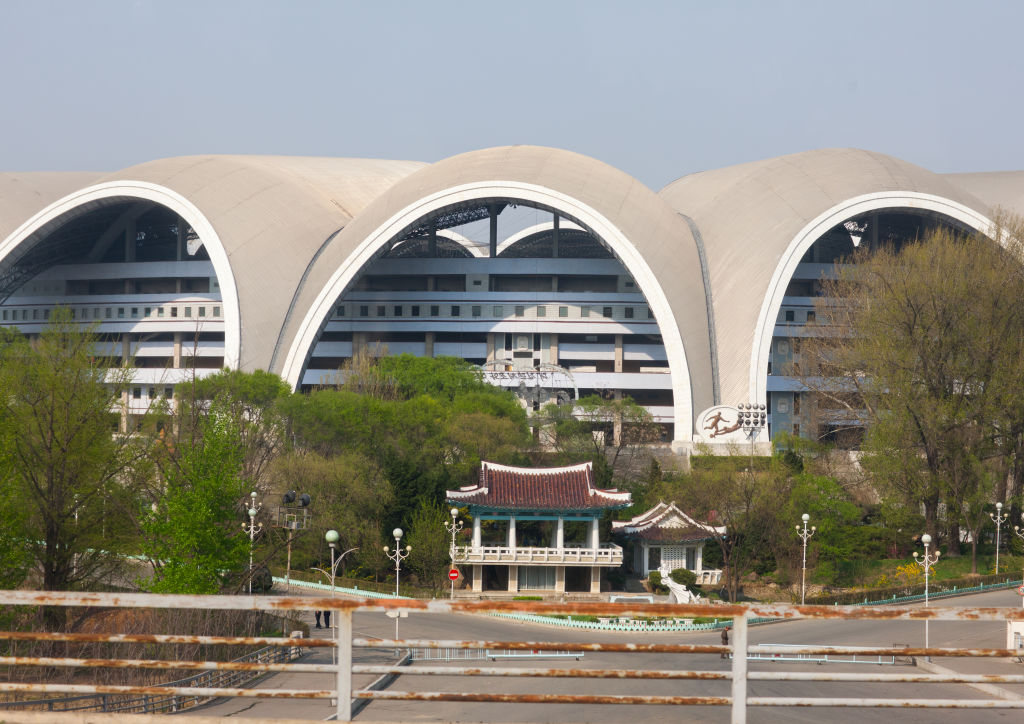
It probably won’t surprise you that the capacity of North Korea’s Rungrado 1st of May Stadium in Pyongyang is somewhat disputed, with some claiming it holds up to 150,000 fans, but it is generally accepted to be the biggest football stadium in the world.
The North Korea national team play there, as do the DPR Korea League’s April 25 Sports Club. The ground was built after their neighbours South Korea were awarded the 1988 Summer Olympics and is also used to host performances and shows celebrating the secretive nation’s leadership.
More stadium stories
The biggest football stadium in the world, set for 2030 World Cup
Ranked! The 100 best stadiums in the world
Quiz! Can you name the 50 biggest club stadiums currently in use in Europe?
For more than a decade, Joe Mewis has worked in football journalism as a reporter and editor. Mewis has had stints at Mirror Football and LeedsLive among others and worked at FourFourTwo throughout Euro 2024, reporting on the tournament. In addition to his journalist work, Mewis is also the author of four football history books that include times on Leeds United and the England national team. Now working as a digital marketing coordinator at Harrogate Town, too, Mewis counts some of his best career moments as being in the iconic Spygate press conference under Marcelo Bielsa and seeing his beloved Leeds lift the Championship trophy during lockdown.

